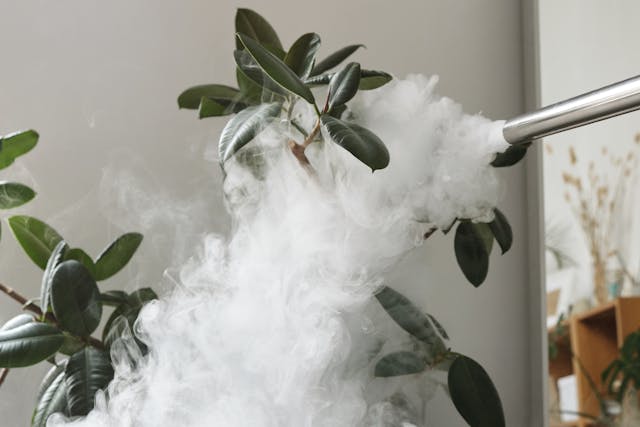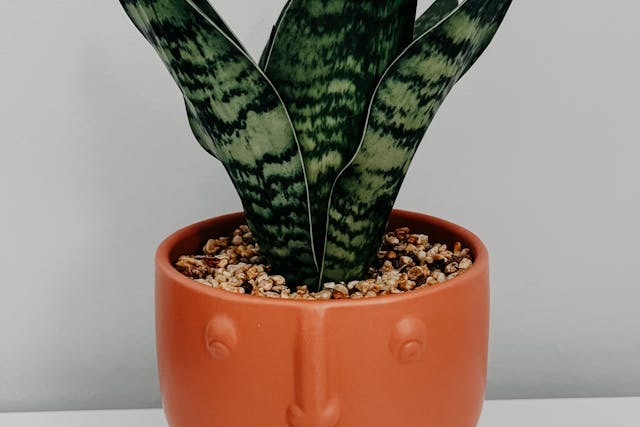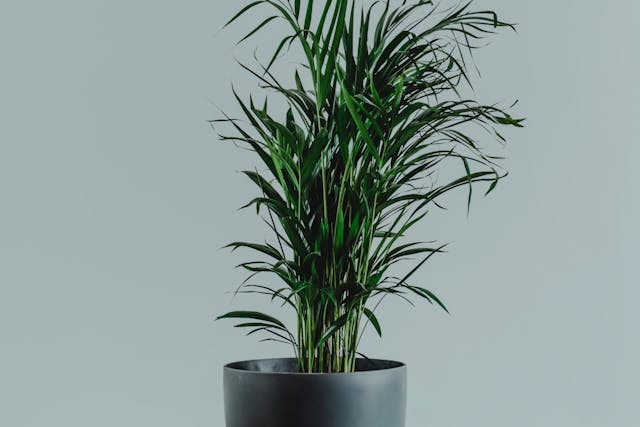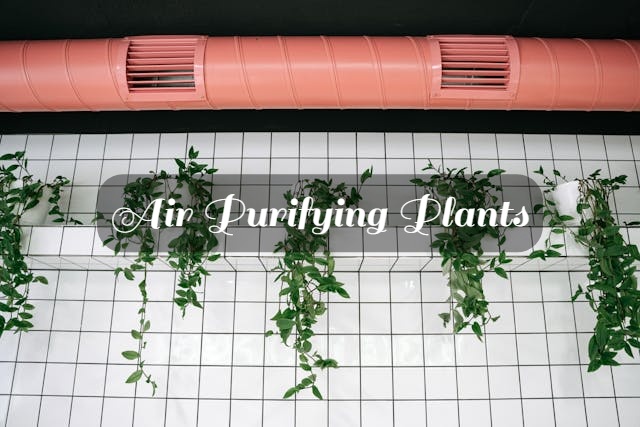Indoor plants do more than just add beauty to a space. They actively filter toxins from the air, improve humidity, and create a healthier environment. In this guide, we explore the best indoor plants that purify the air, how they work, and tips for keeping them thriving. Let’s dive in!

Did you know that indoor air can be two to five times more polluted than outdoor air? In today’s world, we spend most of our time indoors, breathing in airborne toxins from furniture, paint, cleaning products, and even electronics. Poor air quality can lead to allergies, fatigue, and respiratory issues.
Thankfully, indoor plants that purify the air can make a significant difference. They absorb harmful toxins and release fresh oxygen, making your home a healthier place to live. Let’s explore how they work!
Related Article: Indoor Plants for Winters
How Indoor Plants Improve Air Quality
Indoor plants act as natural air filters. They absorb toxins through their leaves and roots while releasing oxygen. They also regulate humidity levels, making the air more comfortable to breathe. Some key ways plants help include:
- Removing toxins like formaldehyde, benzene, and trichloroethylene from the air.
- Increasing oxygen levels through photosynthesis.
- Reducing mold and bacteria that thrive in humid environments.
- Lowering carbon dioxide levels, preventing stale indoor air.
By simply adding a few air-purifying plants to your space, you can enhance both your physical health and mental well-being.
NASA’s Study on Air-Purifying Plants
NASA conducted a famous Clean Air Study in 1989, proving that certain plants effectively remove toxins from indoor air. They discovered that common houseplants could filter chemicals like formaldehyde, xylene, ammonia, and benzene, all of which are harmful to human health.
The study recommended having at least one air-purifying plant per 100 square feet to improve indoor air quality. Let’s now explore some of the best plants that NASA and other experts recommend!
Best Low-Maintenance Air-Purifying Plants
Not everyone has a green thumb, but that doesn’t mean you can’t enjoy clean air. Here are some low-maintenance indoor plants that purify the air effortlessly:
- Spider Plant (Chlorophytum comosum)
- Snake Plant (Sansevieria trifasciata)
- Golden Pothos (Epipremnum aureum)
- Peace Lily (Spathiphyllum)
- Areca Palm (Dypsis lutescens)
Now, let’s dive deeper into each plant and its unique benefits.
Spider Plant: The Easiest Air-Purifier
The Spider Plant is one of the best indoor plants for beginners. It removes carbon monoxide, formaldehyde, and benzene, making it perfect for homes and offices.
Care Tips:
- Thrives in indirect sunlight.
- Water once a week.
- Grows well in hanging baskets.
Peace Lily: A Natural Humidifier
The Peace Lily is an elegant plant known for its air-purifying abilities. It removes toxins like benzene, formaldehyde, and ammonia while increasing indoor humidity.
Care Tips:
- Prefers low light conditions.
- Water once a week.
- Keep away from pets as it can be toxic.
Areca Palm: The Moisture Booster
If you struggle with dry indoor air, the Areca Palm is an excellent choice. This tropical plant releases moisture and removes toxins from the air.
Care Tips:
- Needs bright, indirect light.
- Water regularly, but avoid overwatering.
- Perfect for living rooms and bedrooms.


Snake Plant: The Oxygen Factory
Also known as Mother-in-Law’s Tongue, the Snake Plant is famous for releasing oxygen even at night, making it a great bedroom plant.
Care Tips:
- Thrives in low light.
- Water every 2-3 weeks.
- Nearly indestructible and very low-maintenance.
Aloe Vera: The Healing Wonder
Aloe Vera is not just for skin care—it’s also a powerful air-purifier. It removes formaldehyde and benzene, common in household cleaners.
Care Tips:
- Needs bright, indirect sunlight.
- Water sparingly.
- Great for kitchens and windowsills.
Indoor Plant Care Tips
To keep your air-purifying plants thriving, follow these essential care tips:
- Water wisely – Avoid overwatering, as most indoor plants prefer slightly dry soil.
- Provide proper lighting – Some plants need bright light, while others thrive in low light.
- Dust leaves regularly – A clean leaf surface allows better air filtration.
- Use well-draining soil – Helps prevent root rot.
- Rotate your plants – Ensures even growth and exposure to light.
FAQs About Air-Purifying Indoor Plants
1. How many air-purifying plants should I have?
NASA recommends one plant per 100 square feet for noticeable air quality improvements.
2. Can air-purifying plants remove mold?
Yes! English Ivy and Boston Fern are particularly good at reducing mold spores in the air.
3. Are these plants safe for pets?
Some plants like Peace Lily and Aloe Vera can be toxic to pets. Always check before bringing a plant home.
Conclusion:
Indoor plants are more than just decorations—they actively improve air quality, boost oxygen levels, and create a healthier living environment. Whether you choose a Spider Plant, Snake Plant, or Peace Lily, your home will benefit from their natural air-purifying abilities.
Start small, choose the right plants for your space, and enjoy cleaner, fresher air every day!

